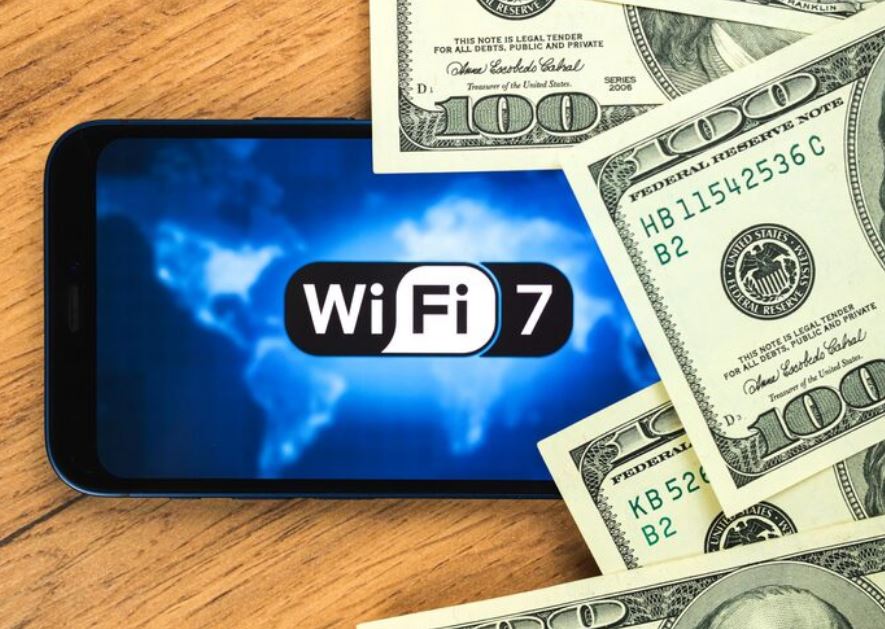
Fiber networks are receiving billions of taxpayer dollars, and policymakers have dubbed them the electrification or highways of the twenty-first century. On paper, the reasoning is very obvious: prosperity follows when communities receive the quick, long-lasting infrastructure they require. Beneath the jubilant press releases, however, is a remarkably complicated tale of who benefits and whether the billions already invested in fiber are generating the promised inclusive digital economy.
According to the Brattle Group and the Fiber Broadband Association, the installation of fiber could unleash $3.24 trillion in economic impact, including increased household incomes, better housing values, and a boom in employment. Considering the estimated $1.64 trillion increase in property values alone, it seems like a surprisingly cost-effective approach to community revitalization. Fiber is portrayed as essential by CEOs like Nick Jeffrey of Frontier, who calls it “the critical digital infrastructure this country needs to succeed.” Although such optimism can be convincing and even intoxicating at times, reality is much more complex.
Key Information Table
| Detail | Information |
|---|---|
| Government Investment | $42.5 billion through BEAD program (Broadband Equity, Access, and Deployment) |
| Private Investment | $32 billion from U.S. private equity (2019–2022) |
| Projected Economic Impact | $3.24 trillion (housing values, incomes, jobs combined) |
| Housing Market Impact | $1.64 trillion increase in housing values from fiber access |
| Job Creation | Estimated 380,000 new jobs tied to fiber expansion |
| Uptake Threshold | 35% adoption required for sustainable returns |
| Current Challenge | Rural, remote, and low-income communities underserved |
| Key Stakeholders | U.S. government, state regulators, ISPs, private investors |
| Policy Debate | Fiber prioritized over satellite/wireless, sparking concerns |
Fiber has been especially helpful to investors. Private equity invested $32 billion in fiber projects between 2019 and 2022, hoping for returns that depend on adoption rates exceeding 35%. Adoption, however, has proven obstinately challenging. In nations like Germany and the United Kingdom, uptake is still remarkably low, frequently ranging from 10% to 20%, which drastically lowers profitability. There are questions about whether the promise of universal access is being met by actual usage as this pattern has also been observed in some areas of the United States.
Another complication arises when policies are implemented. Through new BEAD guidelines, Commerce Secretary Howard Lutnick compelled states to rework years of planning in a very short amount of time. In a Newsweek article, Jessica Dine cautioned that these regulations put immediate expense ahead of long-term quality. She provided a clear and relatable analogy: selecting a broadband provider under these regulations is similar to selecting a home builder solely on the basis of price, without the opportunity to verify reputation, designs, or suitability. She maintained that such a procedure invariably erodes value and resilience.
The choice of technology has become a particularly contentious political issue. Although fiber is generally acknowledged to be incredibly resilient and much faster than alternatives, detractors contend that satellites and wireless technologies are more effective in remote or rugged locations where installing cable would be unaffordable. Although the Brattle Group’s research frequently favors fiber supremacy, detractors argue that this limited perspective runs the risk of ignoring hybrid strategies that could be remarkably effective in reaching underserved households.
The divide is painfully apparent on the ground. Multiple providers vie for clients in wealthy suburbs, creating parallel networks that sometimes result in lower prices but more often lead to overbuilt infrastructure. Rural families, on the other hand, are still waiting and looking at maps that show promises of connectivity while dealing with inconsistent service. Inequities are reinforced rather than lessened for these communities because billions invested in fiber feel like billions spent elsewhere.
The narrative has resonance in popular culture as well. Consider how streaming services like TikTok and Netflix have changed people’s daily routines by requiring more dependable and fast networks. From esports athletes to Hollywood filmmakers, celebrities frequently attribute production, streaming, and audience engagement to fiber speeds. The irony is that while investors profit from networks installed in crowded urban areas, fans in small towns frequently cannot watch these stars’ work without buffering.
Notwithstanding the drawbacks, the advantages are real. When fiber is installed, home values have been shown to rise significantly, according to property economists. During the pandemic, families who worked remotely found that fiber was not only faster but also incredibly effective at maintaining connections for healthcare, education, and employment. Although these improvements are very noticeable and especially creative, they disproportionately benefit already-privileged communities.
The analogies to investments in AI are instructive. Fiber investments are a wager on infrastructure whose success hinges on uptake, much like billions are currently being invested in artificial intelligence projects with uncertain returns. But fiber is literally anchored in the ground, unlike AI, which can change course quickly. Planning mistakes are very resilient, and mistakes are difficult to undo. Because of this permanence, leadership and foresight are even more crucial.
The course of fiber investment in the upcoming years will determine not only connectivity but also equity. Will the data highways resemble the interstate system that once brought the country together, or will they resemble previous broadband rollouts that ended in patchwork results despite high hopes? Timing raises the stakes because fiber is uniquely positioned to provide the massive bandwidth demands of data centers and artificial intelligence. However, if the technology is not implemented carefully, it could benefit investors at the expense of millions of people.
